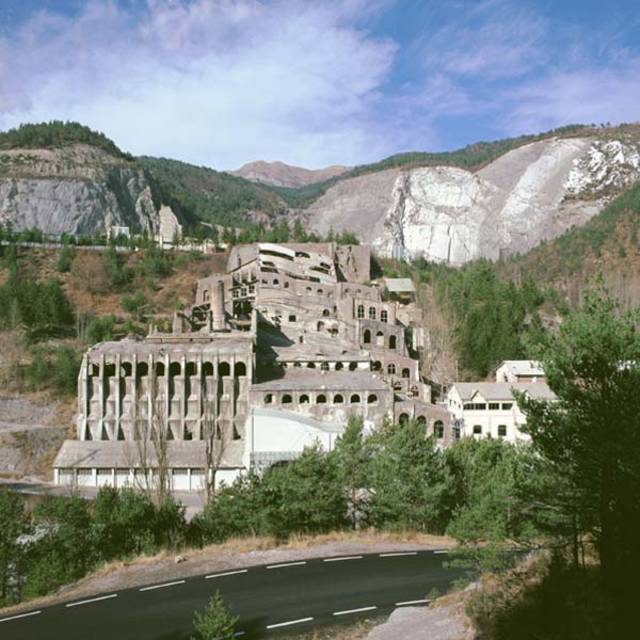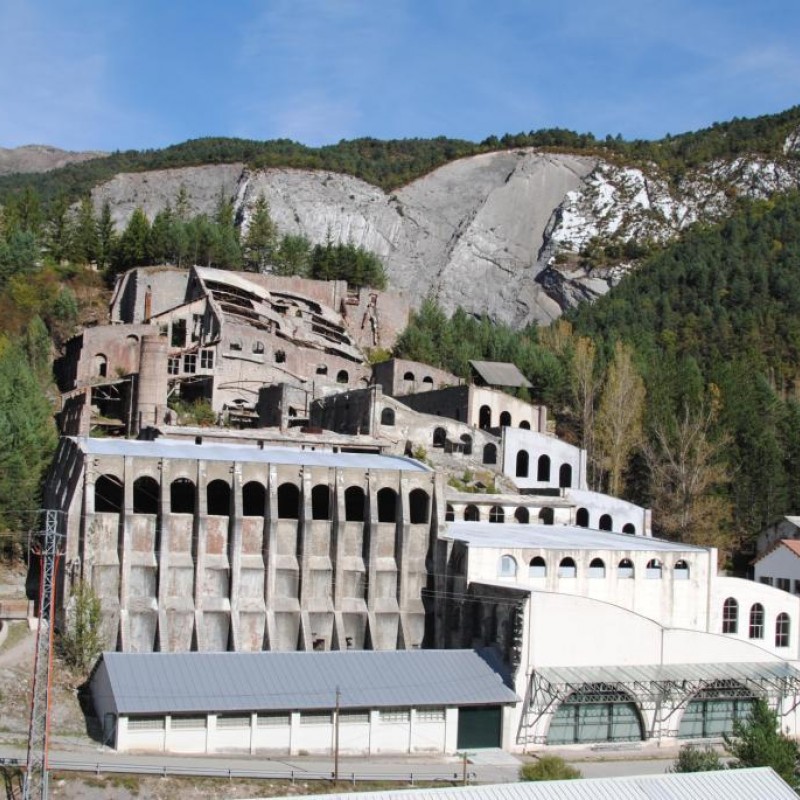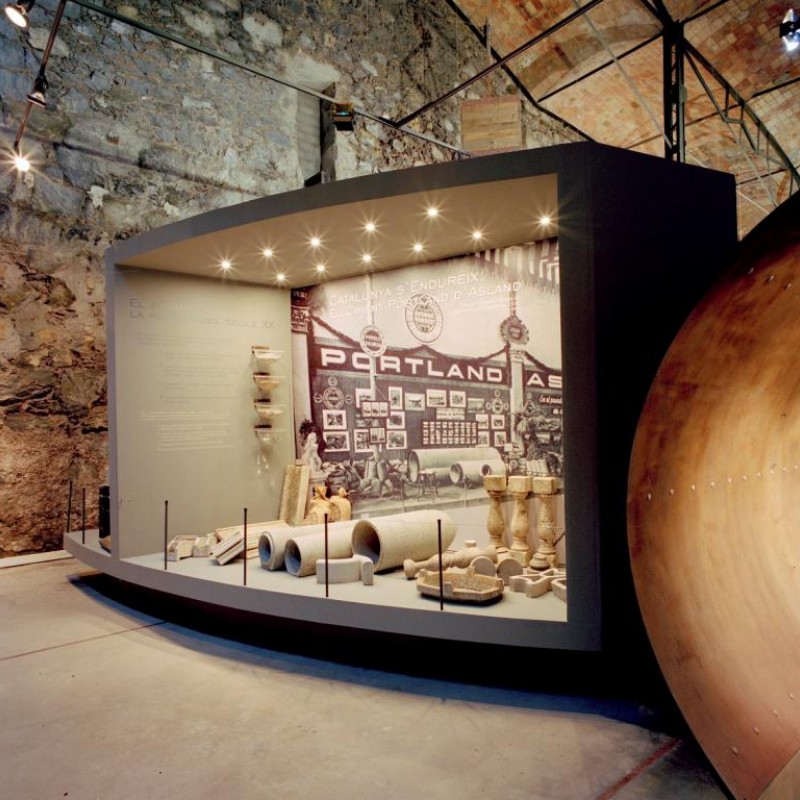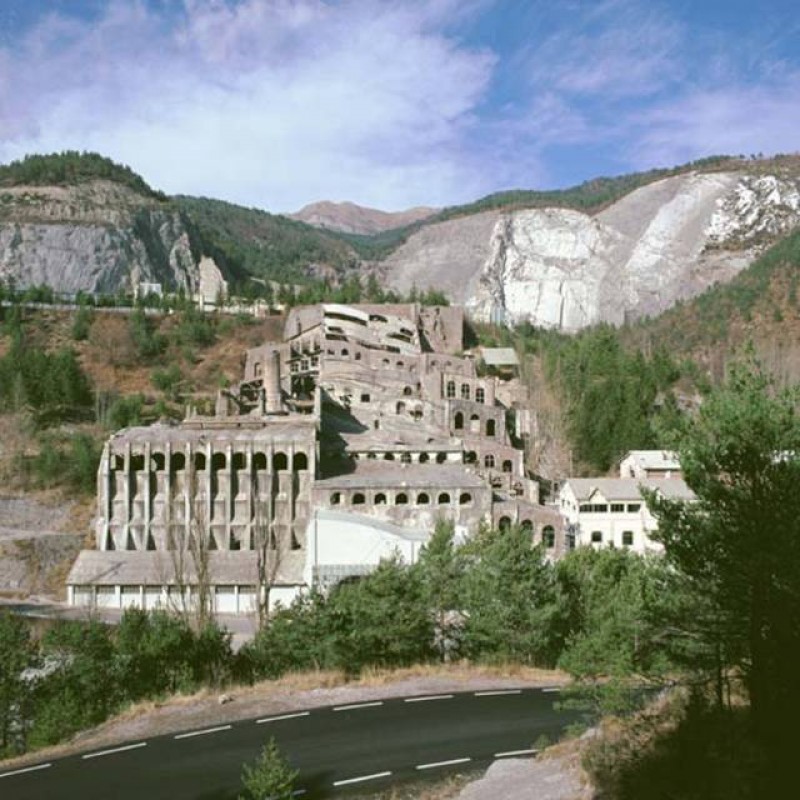Asland Museum Cement
3 BV-4031, 08696, Barcelona, Spain
| Former Use: | Cement production factory |  |
| New Use: | Industrial museum | |
| Category: | Industrial Museum | |
| Original Architect: | Rafael Guastavino | |
| Reuse Architect: | Teresa Rovira, Josep Maria Pons and Manuel Julià. | |
| Construction year(s): | 1904 - | |
| Reuse year(s): | 2002 - |
Description:
In the midst of the woods of Castellar de N’Hug (Berguedà), the industrialist Eusebi Güell built the Asland factory, the first in Spain to produce portland cement, faster and more resilient than the conglomerates that had been used until then. This is an impressive modernista, building which, in its time, was a symbol of modernity and which today continues to amaze the visitors who come there.
The factory, owned by the Companyia General d’Asfalts i Pòrtland Asland, came into operation in 1904. The building was designed by the architect Rafael Guastavino, who built it in tiers to take advantage of the power of the waterfalls of the river Llobregat.
Due to the low temperatures in the area, the construction had to protect the whole space occupied by the machinery. To do this, an innovative architectural solution was chosen: the Catalan vault, flat brick vaults that were supported on a metal structure. The vault is what gives the façade of the factory its uniqueness.
Later, Rafael Guastavino exported this traditional technique to the United States, where he patented the Guastavino system. This system of self-supporting vaults with tiles and layers of mortar made a fortune and left its mark on architectural icons such as Grand Central Station, Carnegie Hall and the American Museum of Natural history, among others.
The industrial complex of Castellar de N'Hug operated until 1975, but in 2002 it reopened, becoming the Museu del Ciment, (Cement Museum), a space that allowed the history of the construction in our country to be reviewed. The museum, consisting of an interpretation centre and an external route that takes in the ruins of the factory, is affiliated to the Museu de la Ciència i la Tècnica de Catalunya (Museum of Science and Industry of Catalonia). With the visit, the importance of the complex at a time of strong growth of the industrial society is put into context. (1)
Relevant Literature:
- http://patrimoni.gencat.cat/en/collection/asland-cement-museum
- Pont, F., Llordés, T.,2014, Espais recobrats. Els nous usos del patrimonio industrial catalá, mNACTEC, pp.124-127
- http://www.turismecastellardenhug.cat/site/index.php/en/en-museums/en-museum-of-cement-asland
- https://www.erih.net/i-want-to-go-there/site/show/Sites/asland-cement-museum/


